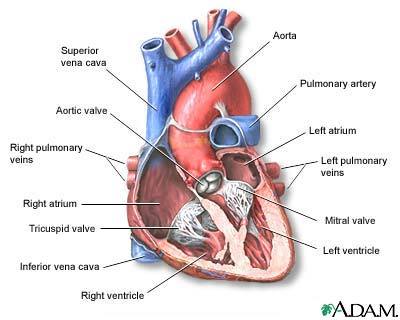Applications of Biotelemetry for Medical Use in Humans |
||
Biotelemetry was first used on humans so that a doctor could obtain data from distant patients (for more information, please go to the History page). Many of the most recent developments of biotelemetry, such as implantable sensor arrays and implantable bolus injectors, have, however, been exclusively for use in animals and have not yet been certified for use in humans. Because of the strict regulation and guidelines of organizations like the Food and Drug Administration in the United States, the safety and reliability of such systems must first be proved in animals before studies with humans can be conducted. The transition of such technologies to medical use in humans is not extremely far off. With wireless, implantable sensors and injectors being used in animals now, it is only a matter of time until they can be used to benefit humans more directly than just through use in drug development. Biotelemetry could be potentially useful in humans because it would allow researchers and physicians to receive constant feedback about the state of a patient's health. This would result in more effective and more personalized medicine. It would also heighten the accuracy of data, because blood pressure taken in a doctor's office is not necessarily relevant to the state of the patient at all times. If a person had an implanted sensor that could measure and relay crucial information to his/her physician at all times, diseases and potentially life-threatening conditions could be caught in their early stages. This is the essence of preventative medicine. Essentially, medical costs could be significantly reduced because someone would only have to pay for a relatively inexpensive drug or treatment early on, rather than having to pay for an expensive surgery later. It could also increase the efficiency of health care, as a physician could know exactly when it would be most helpful to give a patient a drug and could save people from having to go to the emergency room. Pathologies that would benefit greatly by human biotelemetric implants are:
Shown below is a diagram of a kidney in the human body, as well as a cross section of one. (Citation e8)
Shown below is a diagram of the liver. (Citation e10)
Below is a cross section of a human heart. (Citation e9)
|
||


